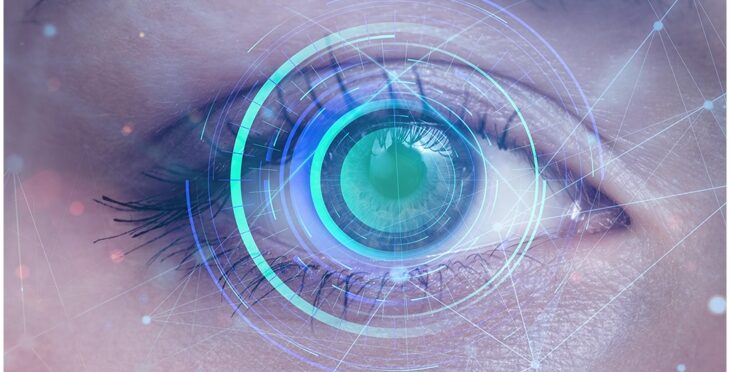Locate the very best Glaucoma Service Near Me: Expert Eye Treatment Solutions
Locate the very best Glaucoma Service Near Me: Expert Eye Treatment Solutions
Blog Article
The Duty of Advanced Diagnostic Devices in Identifying Eye Disorders
In the realm of ophthalmology, the use of sophisticated diagnostic devices has revolutionized the very early identification and administration of numerous eye conditions. As the need for specific and timely medical diagnoses continues to expand, the combination of cutting-edge tools like optical comprehensibility tomography and visual area screening has ended up being crucial in the realm of eye treatment.
Importance of Early Medical Diagnosis
Very early diagnosis plays an essential duty in the effective monitoring and therapy of eye disorders. By identifying eye disorders at a very early phase, health care providers can provide ideal treatment plans tailored to the particular condition, ultimately leading to much better end results for individuals.

Innovation for Detecting Glaucoma
Cutting-edge diagnostic technologies play a critical role in the early detection and tracking of glaucoma, a leading reason for irreparable blindness worldwide. One such innovation is optical comprehensibility tomography (OCT), which gives thorough cross-sectional pictures of the retina, enabling the measurement of retinal nerve fiber layer density. This dimension is necessary in analyzing damages created by glaucoma. An additional innovative device is aesthetic area screening, which maps the sensitivity of a client's visual field, helping to spot any locations of vision loss attribute of glaucoma. In addition, tonometry is utilized to gauge intraocular stress, a major threat variable for glaucoma. This examination is vital as elevated intraocular pressure can bring about optic nerve damage. In addition, more recent modern technologies like making use of expert system algorithms in analyzing imaging information are showing promising lead to the very early detection of glaucoma. These advanced analysis tools allow eye doctors to detect glaucoma in its beginning, allowing for timely intervention and far better management of the illness to stop vision loss.
Duty of Optical Comprehensibility Tomography

OCT's capacity to quantify retinal nerve fiber layer thickness enables for specific and unbiased dimensions, assisting in the early detection of glaucoma even prior to aesthetic area defects become obvious. In general, OCT plays a critical duty in boosting the analysis precision and management of glaucoma, eventually adding to much better results for individuals at risk of vision loss.
Enhancing Diagnosis With Visual Area Screening
A crucial element in detailed ocular examinations, visual area screening plays an essential function in improving the diagnostic procedure for different eye disorders. By evaluating the full extent of a person's visual area, this test provides crucial details about the useful stability of the entire visual pathway, from the retina to the aesthetic cortex.
Visual area screening is particularly valuable in the diagnosis and monitoring of conditions such as glaucoma, optic nerve conditions, and different neurological conditions that can affect vision. Via quantitative measurements of outer and central vision, clinicians can detect refined changes that might indicate the existence or development of these disorders, even before recognizable symptoms occur.
Moreover, aesthetic area testing enables the tracking of therapy efficiency, aiding eye doctors customize healing interventions to specific people. eyecare near me. By tracking adjustments in aesthetic area performance in time, doctor can make educated decisions about adjusting medications, recommending medical interventions, or executing other appropriate actions to maintain or boost a patient's aesthetic feature
Handling Macular Deterioration

Verdict
Finally, progressed analysis tools play an essential role in recognizing eye disorders at an early stage. Technologies such as Optical Comprehensibility Tomography and aesthetic field screening have actually significantly enhanced the accuracy and effectiveness of identifying conditions like glaucoma and macular degeneration. Early detection permits prompt intervention and administration of these problems, inevitably resulting in far better end eyecare near me results for individuals. It is crucial for health care professionals to remain updated on these developments to provide the most effective possible take care of their patients. eyecare near me.
Report this page